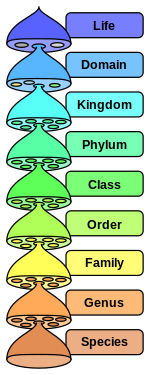
Time in: 9am
Time out: 12pm
In the second section of Huntington Academy Botany classes, we are touching on 3 factors of botanical diversity which include sex, mutation and selection. Since I will be tested on some of this material next class, I'll just type down my notes here on my blog, for practice and study. Again, since these are very short classes, explanations are very basic in form, just to give one a taste of the subject matter.
DNA is contained in chromosomes. Plants have 2 sets of chromosomes. Genetic information is held in the DNA
Gene - the area (functional units) of a chromosome that code for a trait.
Allele - A different form of a gene
Genotype - Genetic make-up of an individual, its combination of alleles/genes
Phenotype - How the genetic make-up is expressed or the way the individual looks and works physiologically
Mutation - A change in the genotype which leads to differing alleles. Come from accidental or incidental or accidental spontaneous changes, copying errors, duplications, additions, transpositions, etc. in DNA. Mutations can also be induced environmentally by UV light, chemicals, radiation, etc.
Types of selection:
Artificial - Basically done by humans for their own ends. This practice tends to reduce diversity agriculturally yet increase it horticulturally
Natural - Can be caused by physical or biological practices. Physical practices mainly have to do with environmental conditions which include light, water, space. etc. Biological practices have to do with pressure from other organisms to survive.
Wallace & Darwin - Proposed a theory of natural selection and recognized intermediate forms between one type of organism and another. One species can actually lead to another with time and selection (evolution)
Classifications:
Old systems included elemental (animal, vegetable, mineral), functional (food, ornamental, medicinal, poisonous, etc) and formal (based on form such as trees, shrubs, bulbs, etc).
Carl Linnaeus classified living thinfs based on reproductive traits. He also created rules for classification and naming that still hold today.
Binomial Nomenclature - A shorthand was to identify plants by using the genus and species for that whole system of classification. Click for more about biological classification.
How does a plant get its name?
1) Find the plant.
2) Describe it.
3) Search literature to see if it is already named and decribed.
4) Examine Herbarium specimens to see if it has been named.
5) Deposit a "type specimen" in an Herbarium.
6) Publish findings.
Next class will consist of a little more information on diversity and then a section test. After that, it's back to the gardens!
No comments:
Post a Comment